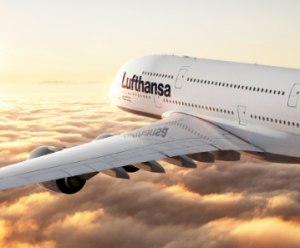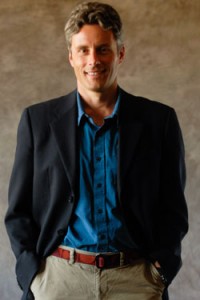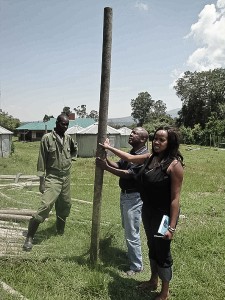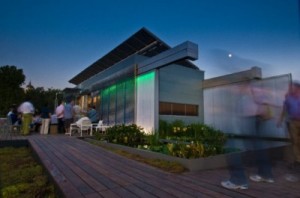 BART has worked for years to get folks out of their cars and onboard its trains. That’s why at first look, it might seem strange that BART is partnering with a subsidiary of one of the premier car companies in the world to create the Fleet of the Future, a new generation of train cars going into service starting in 2017. The new partner is DesignworksUSA, a subsidiary of BMW Group. DesignworksUSAis the design-consulting division of BMW Group. In collaboration with BART, it will conceptualize the next generation of BART trains from the inside out, conveying a style, shape and functionality that reflects the needs of customers and the future of transportation in the Bay Area.
BART has worked for years to get folks out of their cars and onboard its trains. That’s why at first look, it might seem strange that BART is partnering with a subsidiary of one of the premier car companies in the world to create the Fleet of the Future, a new generation of train cars going into service starting in 2017. The new partner is DesignworksUSA, a subsidiary of BMW Group. DesignworksUSAis the design-consulting division of BMW Group. In collaboration with BART, it will conceptualize the next generation of BART trains from the inside out, conveying a style, shape and functionality that reflects the needs of customers and the future of transportation in the Bay Area.
“BART is excited to announce its partnership with BMW Group DesignworksUSA,” BART Board President Bob Franklin said. “With 75% of our customers having the option of choosing another way to get to their destinations, we figured what better way to lure the drivers of the future onto BART than to hire the company who knows motorists best. That’s why we turned to DesignworksUSA, which has been instrumental in the design of many BMW vehicles presently on the road, to design a BART car that’s modern, elegant, comfortable yet practical, economical, and clean so that even more people will choose BART.”
Franklin said. “With 75% of our customers having the option of choosing another way to get to their destinations, we figured what better way to lure the drivers of the future onto BART than to hire the company who knows motorists best. That’s why we turned to DesignworksUSA, which has been instrumental in the design of many BMW vehicles presently on the road, to design a BART car that’s modern, elegant, comfortable yet practical, economical, and clean so that even more people will choose BART.”
Tangerine Dream Time Lapse…California
Most of BART’s original train cars remain in operation today, nearly 40 years after the September 1972 start of service. In fact, BART has the oldest fleet of train cars in the country – many of which are now carrying the grandchildren of the first customers who began riding in 1972. Despite an ever-growing ridership on the rapidly aging system, BART has been able to manage a customer on-time performance that exceeds 96 percent. To keep delivering this level of service BART cannot wait any longer to replace its aging fleet.
Brookings Quantifies the Clean Economy








 Lantern
Lantern



